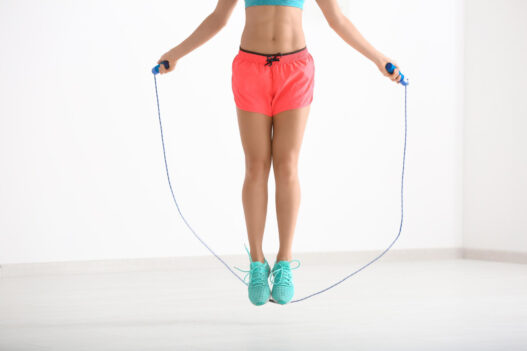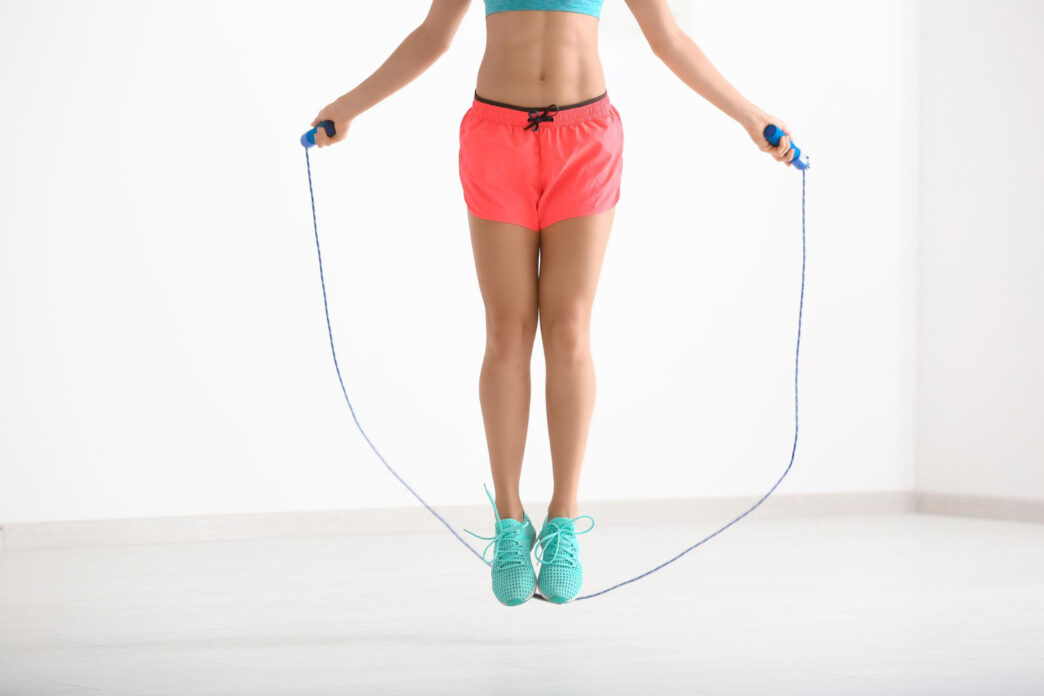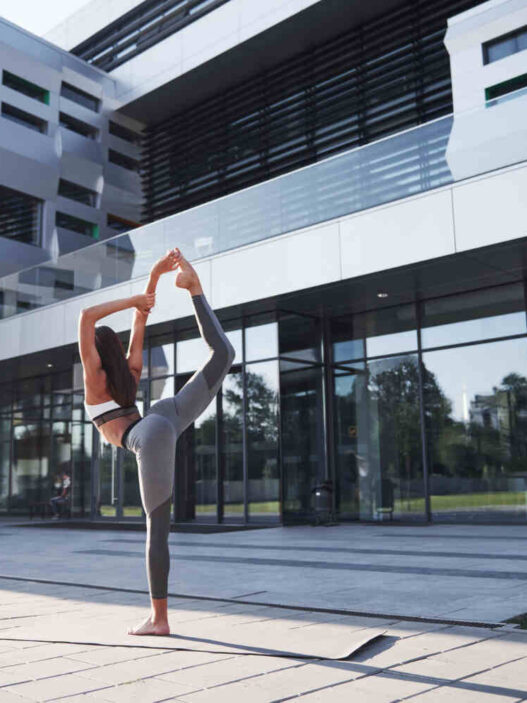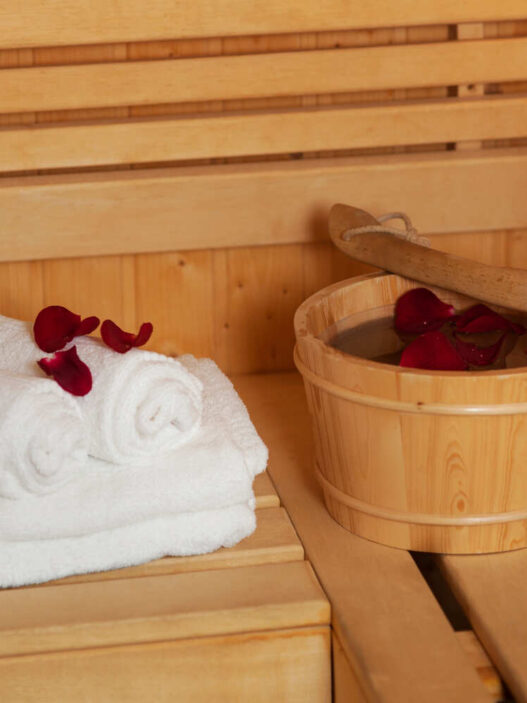Jump Rope Workout – Jumping to Better Health
Some of the best things in life are also the most simple. Jump ropes, once primarily associated with playground games and Rocky-style workout routines, are now powering into the mainstream fitness scene as a powerful tool for enhancing physical health and mental wellbeing.
Types of Jump Ropes
Basic Jump Ropes
These are for beginner workouts. They are simple jump ropes for burning calories.
Speed Jump ropes
One can start using Speed jump ropes after they get used to the basic ones. These jump ropes are lightweight and used as a speed jumping. These jump ropes help increase energy and stamina. They do not provide resistance.
Weighted Jump Ropes
Unlike speed jump ropes, weighted jump ropes are heavier and provide resistance. Some weight is added, upto 3-4 pounds. Hence, speeding is difficult and workout becomes harder. Weighted jump ropes help increasing strength levels and burning fat.
Beaded Jump Ropes
They are nylon cord with plastic beads on it. The beads add some resistance to the jump rope.
Benefits of Jumping Ropes Workout
The benefits of using jump ropes in a routine are enormous. Let’s take a look at why they are such a great addition to your workout and how they can benefit your overall health.
Jump Rope Workout Helps Burning Calories
Few activities come even close to the calorie-smashing power of a jump rope. A 10-minute session of a jump rope can equate to a 30-minute jog. What more you need if you are hard pressed for time but still eager to maintain their caloric deficit.
Jump Rope Workout helps with Anxiety
Any form of exercise dramatically reduces anxiety, depression, and negative mood while also improving self-esteem and cognitive function, but some forms of exercise go even further. Even though while doing jump rope, you may sweat profusely, yet it helps reducing anxiety. Like any exercise, post jump rope, your mind is relaxed.
Jump Rope Workout Improves Posture
Did you know adding a jump rope routine to your existing workout can also improve posture? Jumping requires a straight, aligned posture to maintain balance and efficiency of jumps. This encourages the strengthening of the core and back muscles – crucial for maintaining an upright posture.
Poor posture can lead to back pain, spinal dysfunction, poor balance, joint degeneration, and rounded shoulders, so it’s in all of our best interests to keep that spine straight as much as we can.
Jump Rope Workout Encourages Brain Health
Jump roping is not just a physical workout but also a brain workout. How often have you seen a slightly overconfident person pick up a jump rope and exclaim loudly how good they are but failing to get past more than a handful of jumps?
The coordination required to time jumps with the rope’s rhythm is far from easy, but the good news is that it enhances neural connections. This activity stimulates the brain’s left and right hemispheres, improving spatial awareness, reading skills, memory, and mental alertness. When people get the hang of using a jump rope, it can feel like second nature, but the cognitive demands of mastering various rope techniques, especially in the early stages, encourage brain health and help keep our minds sharp.
Jump Rope Workout Increases Bone Density
It is well known that aging is associated with reduced bone density and development of conditions like osteoporosis. It’s a perfectly natural occurrence as the body tries to keep itself in its healthiest state possible, but it does mean that our bones become more brittle as we age. Any exercise that can increase bone density is a good idea, but when done correctly, the impact of jumping is particularly good at stimulating osteoblastic activity. Osteoblasts are cells that help in bone formation. Increase osteoblastic activity through jumping can enhance the skeletal system’s strength and resilience.
Jump Ropes Help Reduce Lower Leg Injuries
One common myth about a jump rope routine is that the repeated impact from jump roping is harmful to the legs and knees. However, the fact is that the opposite is true. Using a jump rope workout has been evidenced to strengthen the muscles, tendons, and ligaments of the lower legs.
Further, when jump rope type strengthening is done consistently, it can reduce the risk of lower leg injuries. It is always a good idea to combine your other workouts with jumping. Combining your basic jumps with double unders, high knees, boxer steps, and crisis crossing, can make you on your way to rock-solid legs.
Portability and Ease of Use of Jump Rope Workout
Few activities require as little as a jump rope routine, making it a hugely practical kit. You don’t need much space, and they’re not overly expensive. A jump rope can easily fit into a backpack, suitcase, or handbag, making it an ideal workout tool for people on the go.
Whether you’re at home, in a hotel room, or at the park, a small space is all that’s required to engage in an effective workout. This ease of use eliminates many barriers to regular exercise, providing a convenient way to stay fit regardless of location or lifestyle. In an age of enormous gym apparatus and memberships, a simple skipping rope can be all you need.
How many calories does jumping rope burn?
Jump rope is a perfect workout for calorie burn. It can burn approx. 15-20 calories per minute, though with speedy jump ropes, one can burn even more. Thus, a 10min jump rope workout can burn approx. 150-200 calories. Further, if you compare jump rope to other forms of cardio like running, swimming, etc., jump rope burns highest calories. Thus, this high-intensity, low-time commitment exercise can burn more calories in a shorter period than practically any other workout.
Keeping Things Simple
Whether you’re short on time and looking for a quick routine that torches calories and has numerous benefits on the human body or a multi-discipline athlete looking to add the final touches to your routine, incorporating a jump rope routine into your fitness regimen is a no-brainer.
The benefits are so numerous it’s a surprise that more people aren’t jumping on the bandwagon – pun intended. Jump roping sheds calories like few other activities while aiding cognitive function, helping to reduce stress and anxiety, and improving posture, bone density, and general cardiovascular health. What’s more, you don’t need any fancy machinery or a vast gym – or gym membership! – in which to do it. The best things in life are free – or at least inexpensive and easy to use. Keep things simple and start jumping towards better health.
Disclosure – This is an external post. The views expressed are of the sponsor/author/third party and not of Healthieyoo’s editorial team. We disclaim any and all liability to any party, person, company, or product for any direct, indirect, implied, punitive, special, incidental, or consequential damages arising either directly or indirectly due to the use of content published in this article. The publishers of this website take no responsibility for any health issues, personal injury, death, disability, or any other harm due to the content on our website or any advice or opinion expressed on our website. Please consult your healthcare professional before making any decision related to your health. Please also read our medical disclaimer”.











